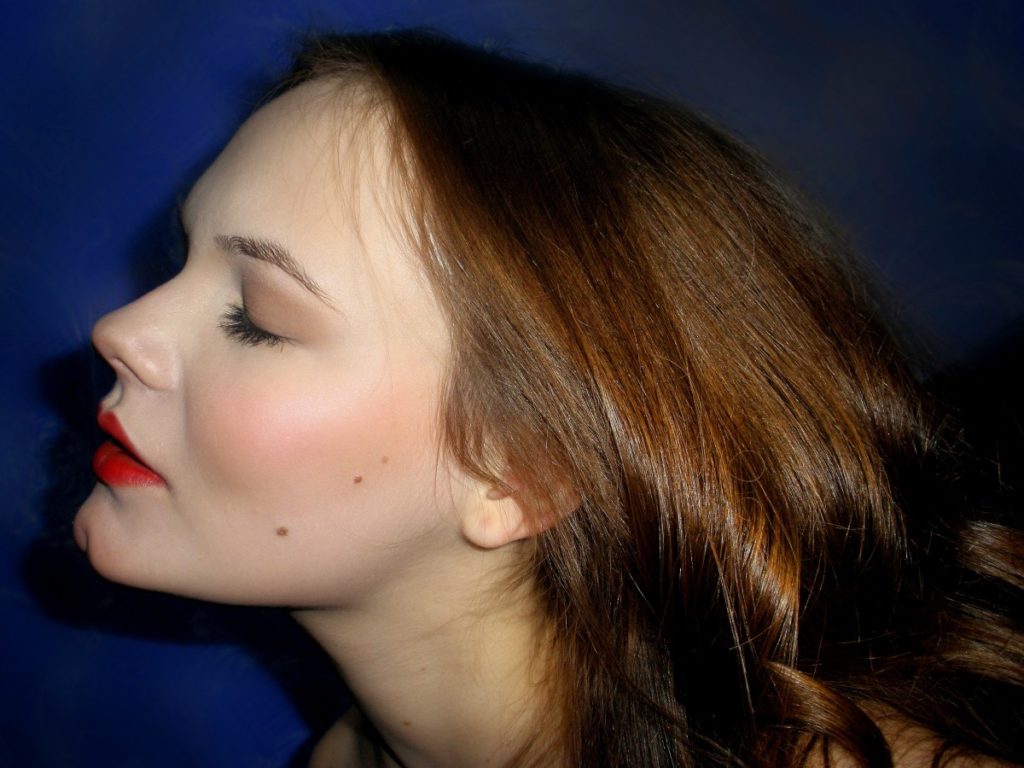Most plastic surgeons will agree that rhinoplasty is one of the most popular cosmetic treatments in the UK. However, it can be a tricky procedure. This is due to many factors. The nose is a complex structure and is an obvious and noticeable feature of the face. Ensuring that the nasal function is preserved whilst correcting the nasal deformities during rhinoplasty surgery is absolutely essential.
Many patients who are seeking revision rhinoplasty can challenge the skills of even the most experienced plastic surgeons. Revision rhinoplasty applies to anyone who has had a previous nasal surgery and requires the improvement of the look or function of the nose. In these cases, patients are very often unhappy with their previous surgery and may not take in to account that a second or third rhinoplasty may not be successful in completely correcting cosmetic or functional deformities which may have been caused or not corrected in the previous procedure.
There are several challenges that a plastic surgeon can experience during revision rhinoplasty:
- Scar tissue from a prior surgery can be an issue in revision cases and can limit the final outcome as it may reoccur even after successful revision rhinoplasty.
- Damaged or missing cartilage may also require replacement following a prior nasal surgery.
- The nasal septum may be deviated after a prior surgery which will require correction to correct the appearance and function of the nose.
- Nasal obstruction may also be a result of the collapse of the tip cartilages, resulting in external valve collapse.
During revision rhinoplasty, cartilage may be required to be taken from another part of the body and inserted in to the nasal area to provide structural support for the nasal tip and / or the bridge of the nose. Soft tissue irregularities along the bridge of the nose or the tip may also require migrated tissue which can act as a natural filler and a cover or ‘camouflage’. This tissue is usually taken from the hairline and results in no noticeable scars or marks. In some cases, scarring within the nose as a result of previous surgeries will require skin grafts to re-open a distorted or narrowed nasal airway, caused by the original surgery.
If you are looking to undergo revision rhinoplasty, it’s important to choose a plastic surgeon who is highly-skilled and experienced in this procedure. Dr Riccardo Frati is one of the world’s leading rhinoplasty and revision rhinoplasty surgeons and has performed thousands of these procedures, globally. He understands the unique challenges but also the amazing results that revision rhinoplasty can offer and is a superior expert in this treatment. He now offers this treatment from our UK clinics in Manchester and London.
For more information on revision rhinoplasty, call us to arrange a no obligation consultation with Dr Frati.











